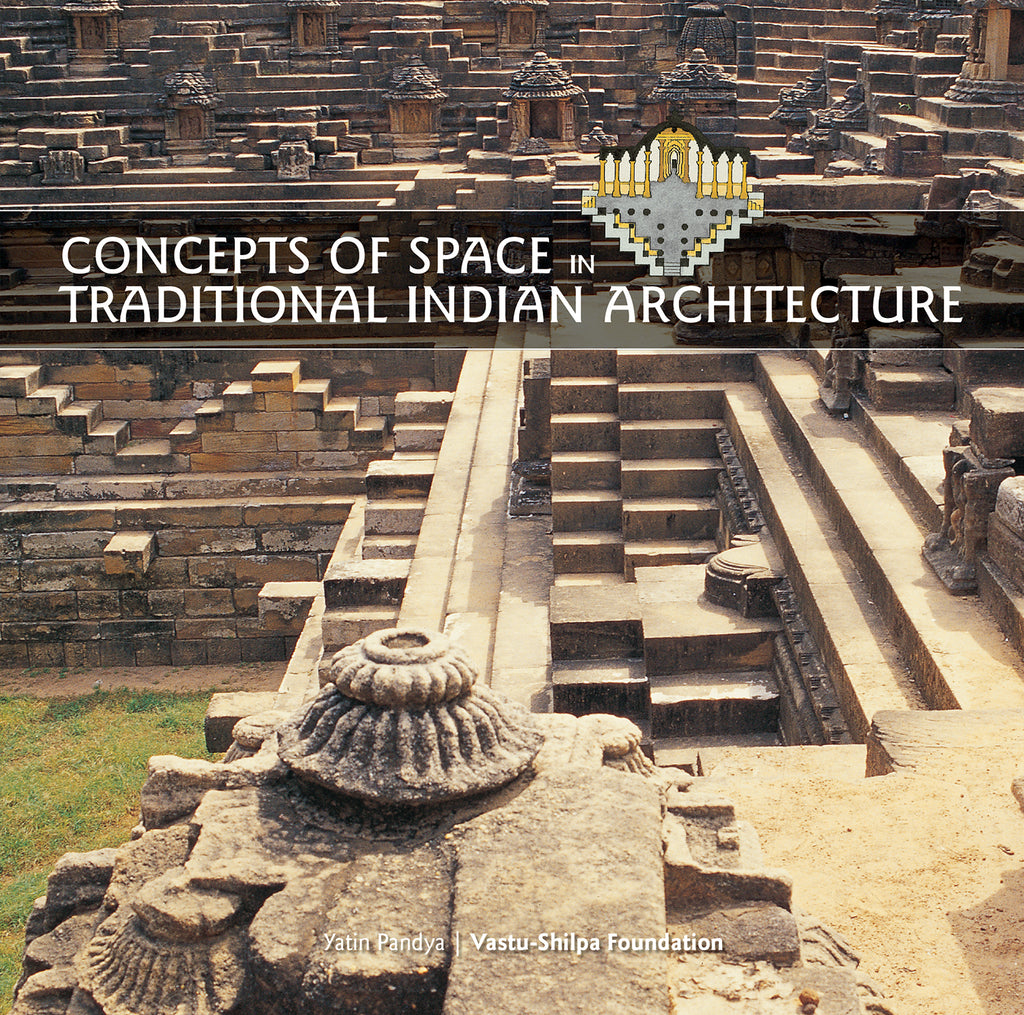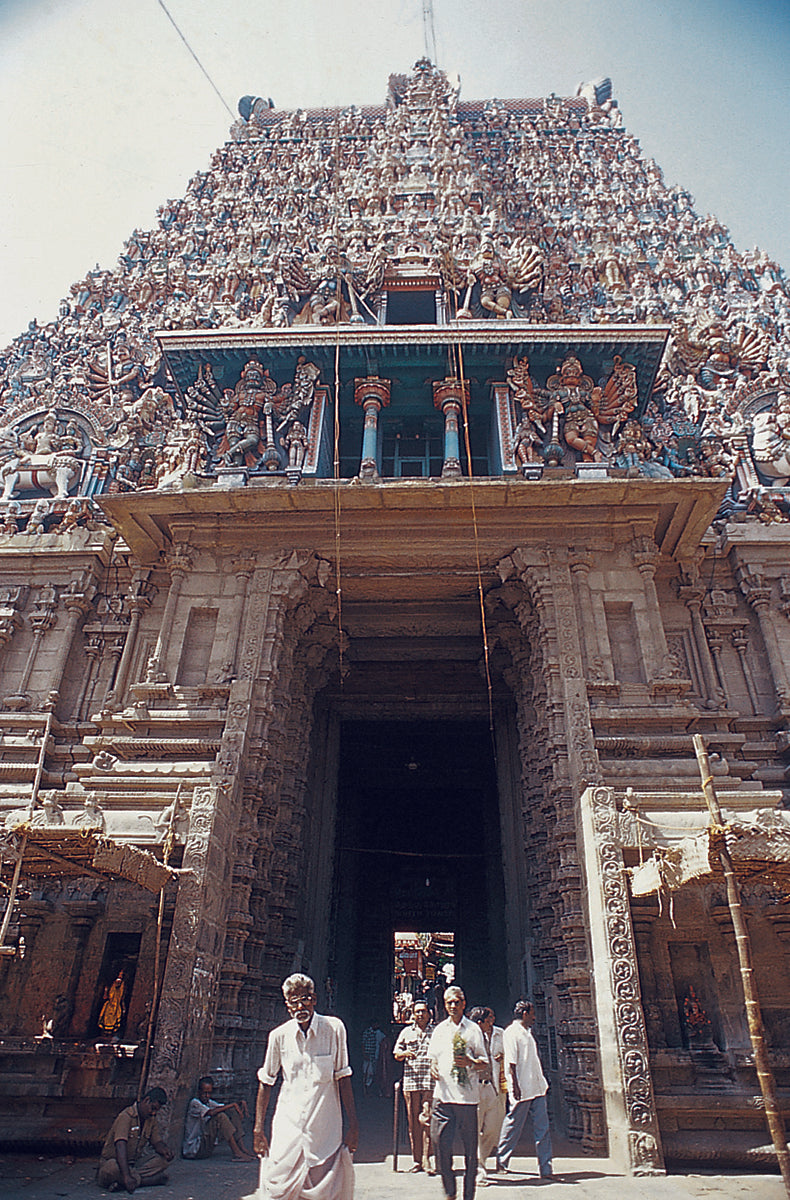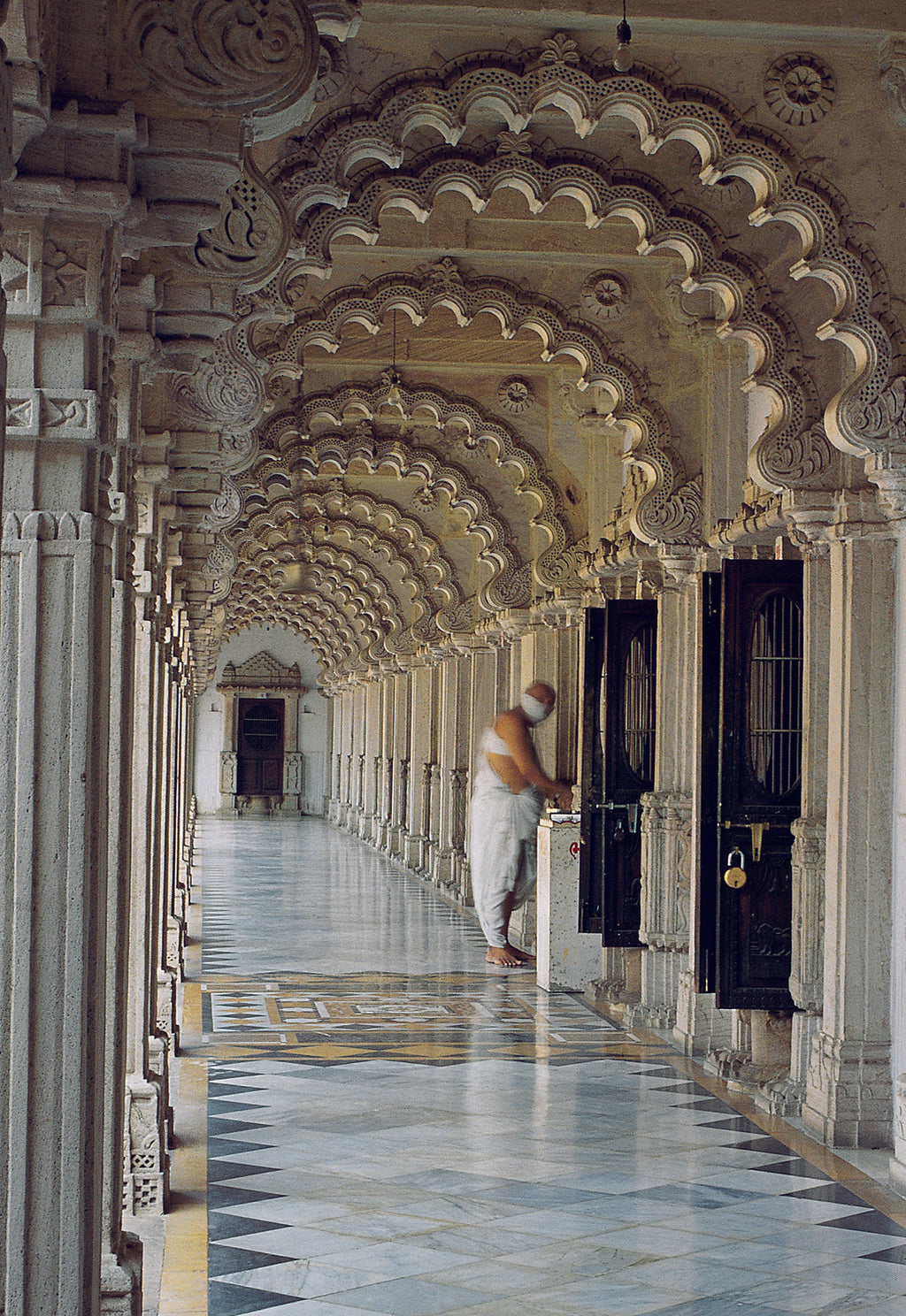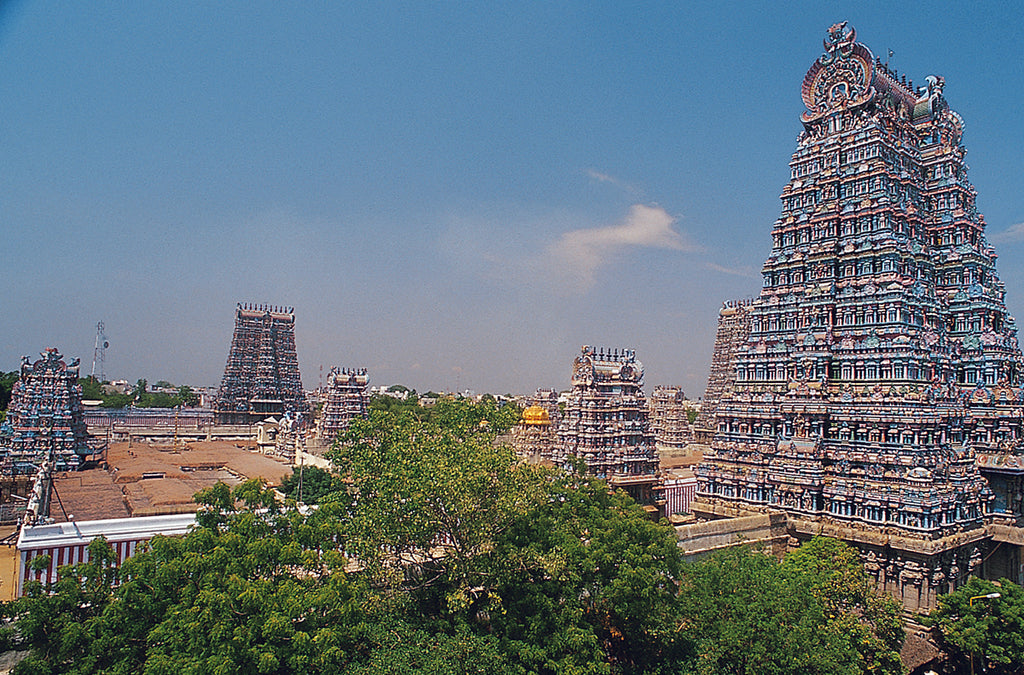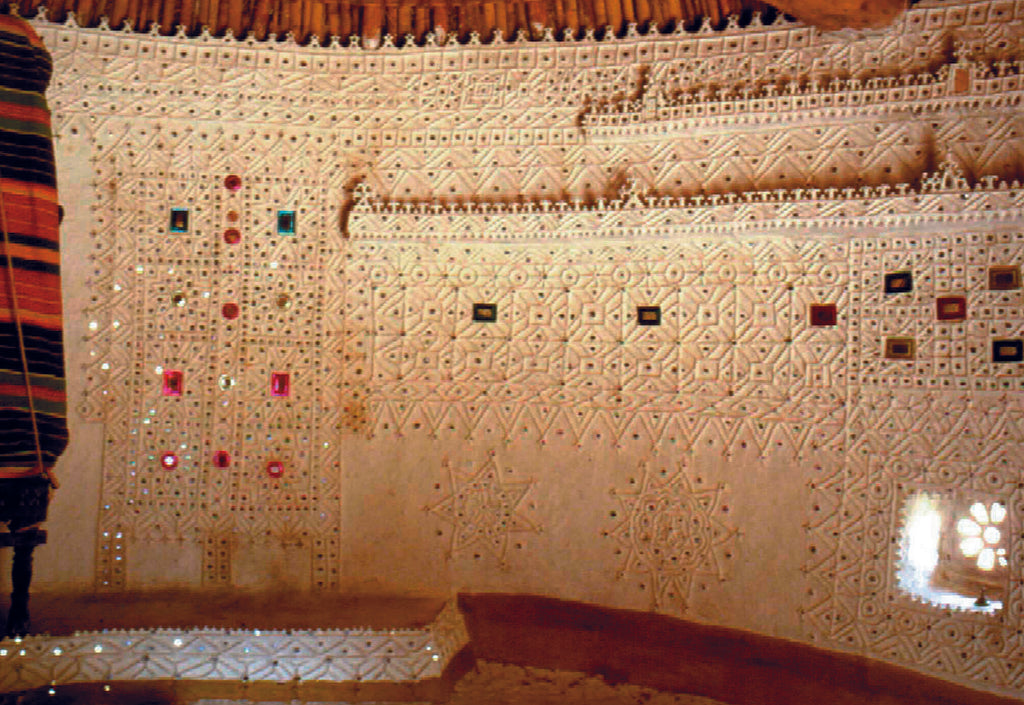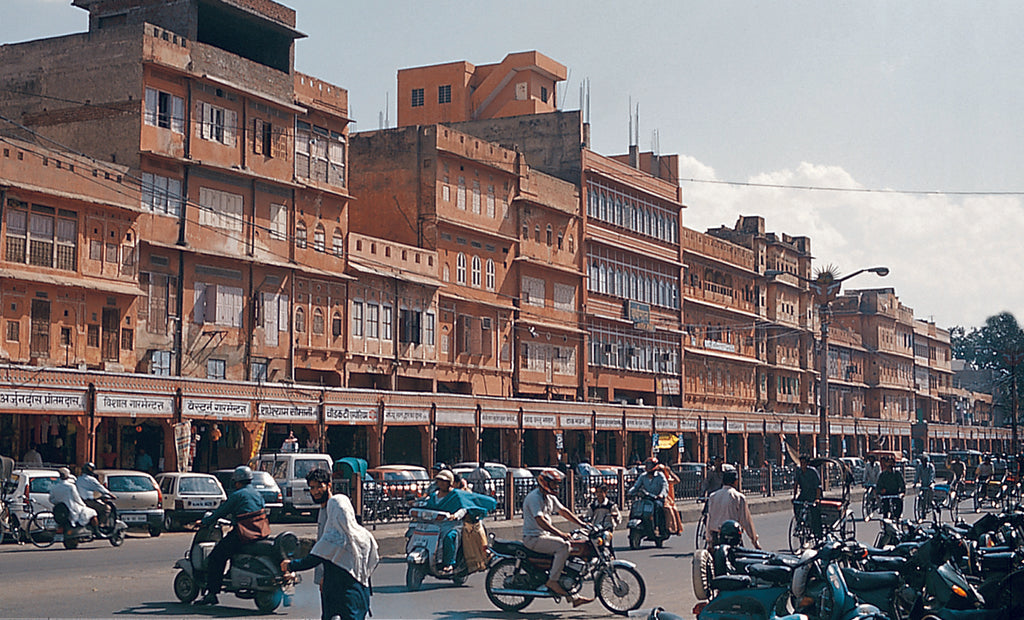Concepts of Space in Traditional Indian Architecture
This book is an attempt to answer the questions: What makes historic architecture awe-inspiring?
- Category: All Books, Architecture, MAPIN20
“The strength of the book is its sumptuous illustrations. The diagrams that accompany the illustrations help convey the analysis.” —The Hindu
At the outset the author sets forth fundamental Indian philosophical and ideological tenets—the Indian notion of time, the duality of existence, the concept of a world within a world, the idea of opposites as counterpoints, the role of semiotics in providing visual clues in architecture, and the changing perception of space while in movement. Design principles as dictums for space organization are inferred and exemplified in a range of traditional Indian architectural examples. He takes up for detailed analysis five Indian architectural sites: the ingenious structure of the Rudabai Stepwell at Adalaj, near Ahmedabad; the Kailash Temple at Ellora, the most magnificent example of rock-cut architecture; the Sun Temple of Modhera with its unique water-tank; Udaipur's City Palace, built over four centuries; and the Sarkhej Rauza in Ahmedabad, noted for its austere beauty and dynamic campus design.
Discussion of each site is made more graphic with a wealth of visual materials—photographs, architectural plans with analytic overlays and volumetric constructs. Miniature-style reproductions are drawn for each example to reconstruct spatial, environmental and experiential qualities. These are used to demonstrate the universality of communication in Indian architecture. The author particularly emphasizes the role of kinesthetics in guiding the perception of space while in movement. And he shows how the process of encoding and decoding between space and the perceiver orchestrates spatial narratives.
The study unravels the inherent virtues of traditional Indian architecture and interprets them as universal dictums, relevant even in today's world.
Yatin Pandya, a practising architect, scholar and academician, has been actively involved in architectural research as associate director of the Vastu-Shilpa Foundation for Studies and Research in Environmental Design, in Ahmedabad. He is also a visiting faculty member at the Centre for Environmental Planning and Technology (CEPT). Pandya obtained his M. Arch from McGill University, Canada, and is the recipient of several national and international awards for architectural pursuits. He has authored various publications and articles for architectural journals on design theory, habitat design, urban design and urban planning.
• Prologue
• The Birth of a Princess
• “Bombay, the Beautiful”
• “Parsi kya cheez hai?”—”What is a Parsi?”
• The Birth of a Nation
• The World of Black and White
• Euphoria and Undelivered Promises
• "A New Phenomenon among this Rough Crowd"
• A Home Away from Home
• Moving On
• Homai Kabadiwala and Friendly Ghosts
• Glossary
• References
| ISBN | 9788189995751 |
| Pages | 148 |
| Number of photographs | 148 |
| Number of illustrations | 463 |
| Size | 9 x 9" (229 x 229 mm), sc |
| Date of Publishing | 2005, 2013, 2015, 2016, 2023 |
| Language(s) | English |
| Co-publisher(s) | Mapin in association with Vastu-Shilpa Foundation for Studies and Research in Environmental Design |
| Rights Available | World rights |





